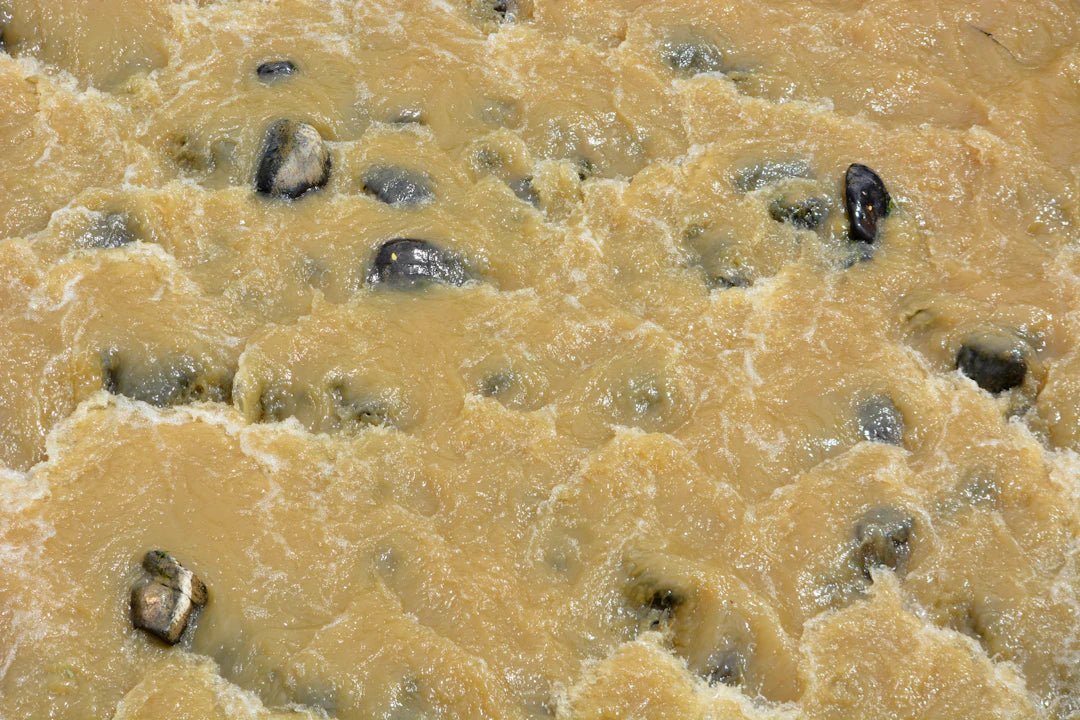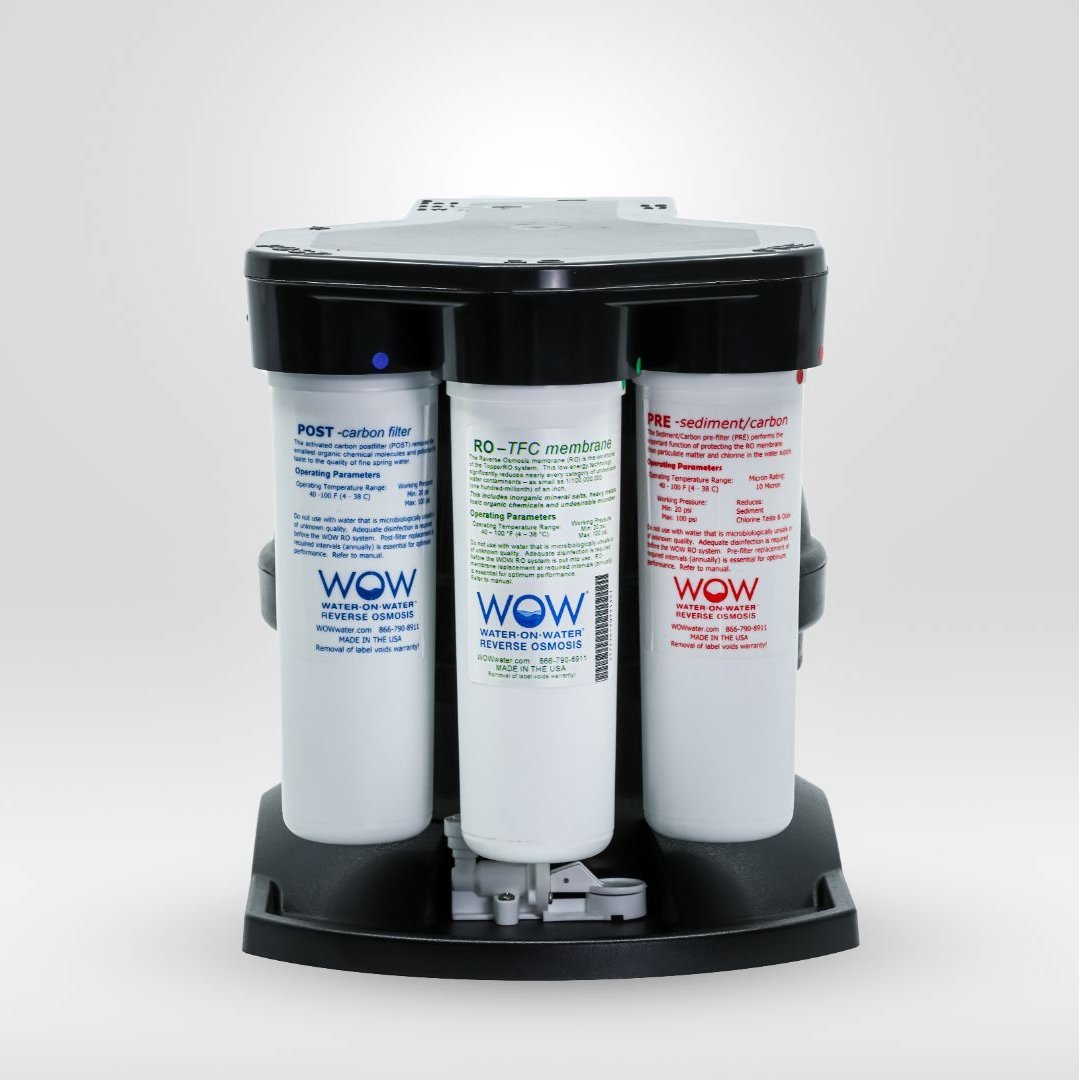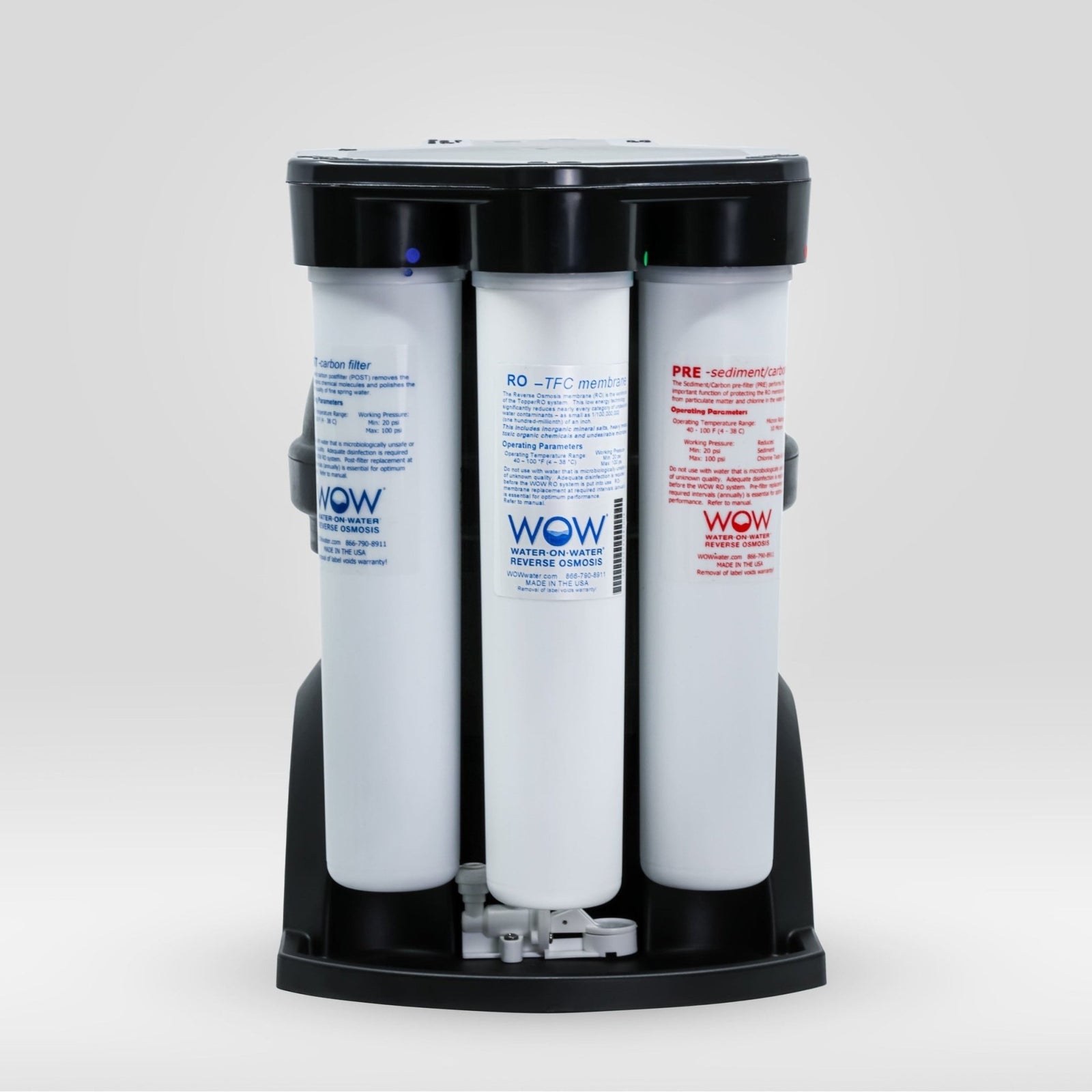PFAS, or poly- and perfluoroalkyl substances, are chemicals that continue to impact our daily lives, even in ways we don't always understand. From home water filters to the food industry, PFAS are everywhere. But why are these substances so difficult to break down? This article delves deeper into the challenges surrounding PFAS and what you can do to protect your environment.
What are PFAS?
PFAS are a group of more than 4,700 different synthetic chemicals. They were developed in the 1940s for their water- and grease-repellent properties. These substances are often found in consumer products such as cookware coatings, water-repellent clothing, and even in certain cleaning products. Their versatility has led to widespread use, but it also has consequences for the environment and public health.
Why are PFAS difficult to break down?
One of the biggest concerns surrounding PFAS is their exceptional stability. This leads to a long half-life in the environment. Let's look at some of the reasons why these substances are so difficult to break down.
1. Chemical Structure
The chemical structure of PFAS is complex. They contain long chains of carbon atoms, which can be fully saturated with fluorine. These strong bonds between carbon and fluorine make PFAS extremely resistant to chemical degradation. As a result, conventional recovery or degradation methods are often ineffective.
2. Persistence in Environment
PFAS have the ability to accumulate in the environment. This means they are not only difficult to break down but also linger in our water, soil, and even our bodies. This has led to growing concerns about their impact on public health, as PFAS are associated with various health problems.
3. Limited Degradation Methods
While methods have been developed to break down PFAS, such as special filters and chemical treatments, these are often expensive and not always feasible. Therefore, many people opt for a home water filter capable of removing PFAS from their drinking water, which is an effective way to protect your family.
Consequences of PFAS
The presence of PFAS in our environment has significant consequences for both nature and human health. Here are some key points to keep in mind:
Environmental pollution
PFAS pollution impacts ecosystems worldwide. As a result, animals living in contaminated areas can experience negative effects, such as reproductive problems and other health issues. This, in turn, also impacts the food chain.
Health risks
Research has shown that PFAS can be linked to a wide range of health problems, including:
- Disturbed hormonal balance
- Elevated cholesterol levels
- Pregnancy complications
- Increased risk of certain cancers
These risks underscore the need for a proactive approach in combating PFAS pollution.

What can you do to protect yourself?
There are several steps you can take to reduce the impact of PFAS, both for yourself and your family.
1. Using Water Filters
Using a home water filter can be a very effective way to remove PFAS from your drinking water. Investing in a quality filter can help eliminate harmful substances and thus improve the quality of your water. When choosing a water filter, look for specifications that indicate it can reduce or eliminate PFAS.
2. Avoid Contaminated Household Products
Be aware of the household products you use. Products containing PFAS, such as waterproof clothing or non-stick pans, can be an invisible source of exposure. Instead, choose eco-friendly, PFAS-free alternatives.
3. Inform Yourself About PFAS
It's important to be well-informed about PFAS and their impact. By raising awareness about these substances, we can all contribute to a safer environment. Follow the news and research on PFAS, and share that knowledge with friends and family.
The Future of PFAS
Extensive research is still underway on PFAS and their effects on health and the environment. Governments worldwide are developing increasingly stringent policies to regulate PFAS. This reflects growing public concern and the need for change.
1. Regulations
Many countries have already taken measures to limit the use of PFAS. New legislation focuses on improving drinking water quality and reducing PFAS emissions. It is crucial that these developments are monitored so that consumers can make informed choices.
2. Innovation in Water Filters
Water filtration technology continues to evolve. New techniques and innovations allow us to remove PFAS from our water even more effectively. It's advisable to stay informed about the latest developments in water purification.
Your Role in the Fight Against PFAS
A few simple actions can have a major impact in the fight against PFAS pollution. By making conscious choices about your consumption and encouraging others to do the same, you create a collective movement toward a safer environment.
The fight against PFAS is far from over. The challenge lies not only in understanding these substances and their effects, but also in actively taking action to change them. By making smart choices and using effective products, such as a home water filter , you can contribute to a better world for yourself and future generations.
Linked product

The Source 50 Home Water Filter
The Source 50 home water filter offers an effective solution for reducing unwanted substances in drinking water, including PFAS. This filter is designed to remove a wide range of contaminants, contributing to a healthier lifestyle. With user-friendly installation and maintenance, it's a practical choice for households looking to improve their water quality.
View product







